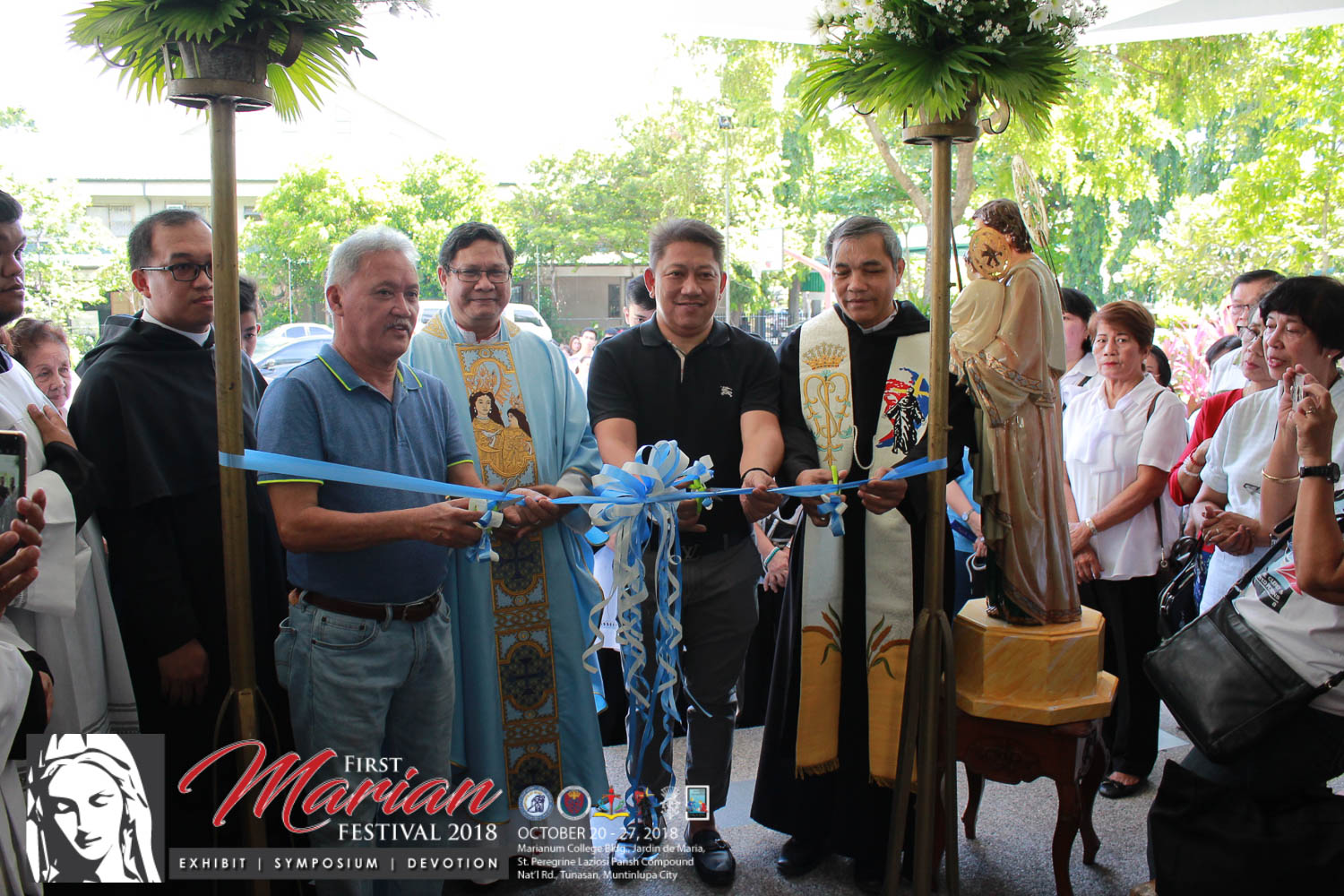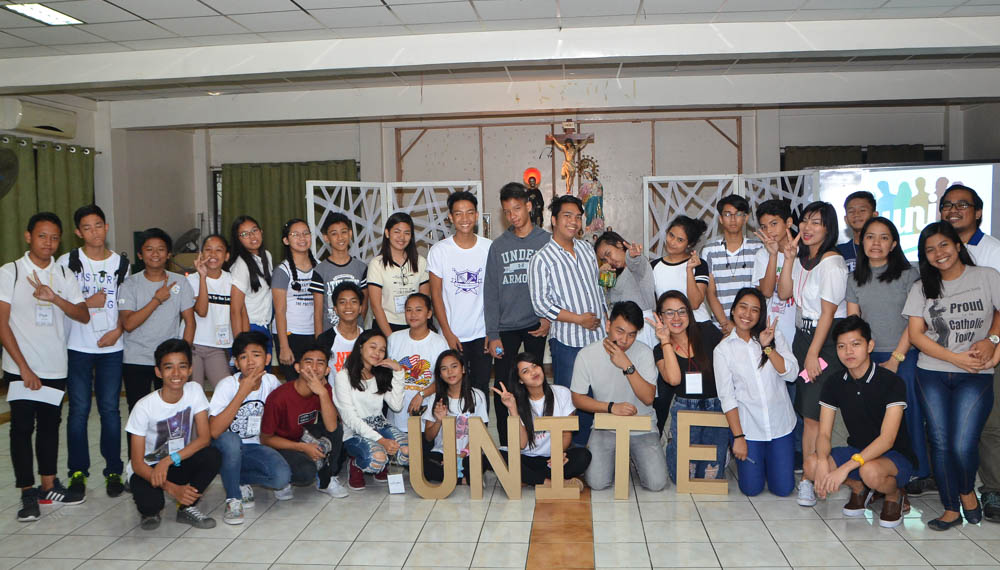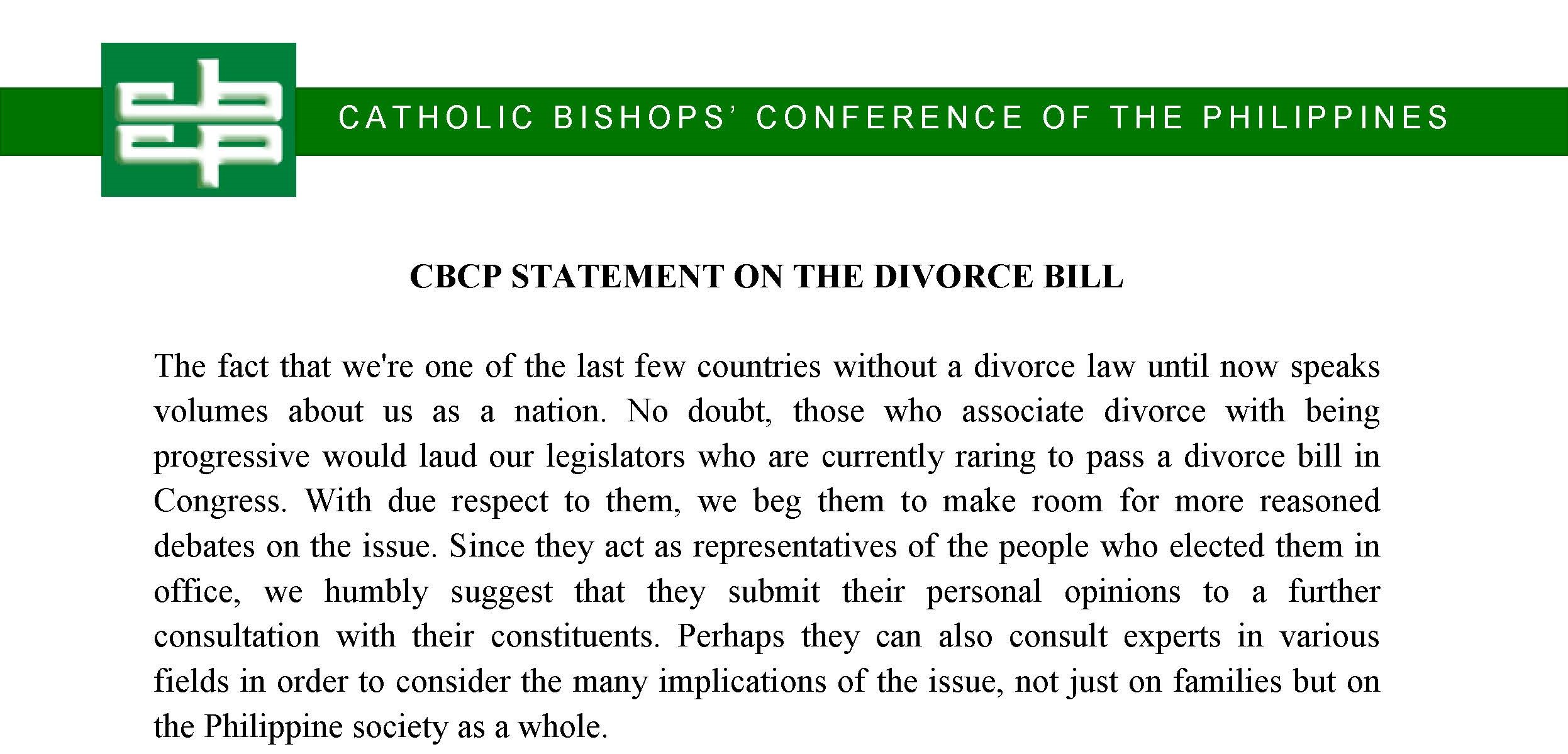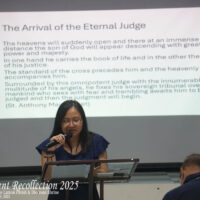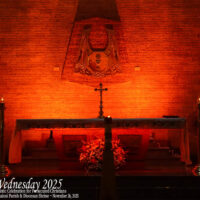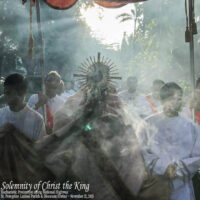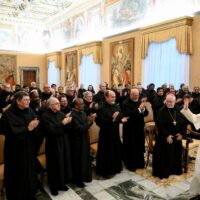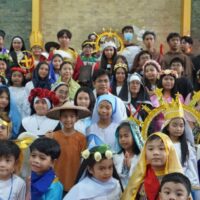 It was in or about 1660, during the early years of Christianity in the Philippines, that the “Simbang Gabi” or the “Misa de Gallo” became a Filipino religious tradition. During Advent, in preparation for the coming of Jesus at Christmas, the missionary friars held nine days of Masses to usher in the event of Christ’s birth. These Masses were celebrated in the early morning hours, typically at about 4:00 AM when the roosters crow to announce the coming of a new day.
It was in or about 1660, during the early years of Christianity in the Philippines, that the “Simbang Gabi” or the “Misa de Gallo” became a Filipino religious tradition. During Advent, in preparation for the coming of Jesus at Christmas, the missionary friars held nine days of Masses to usher in the event of Christ’s birth. These Masses were celebrated in the early morning hours, typically at about 4:00 AM when the roosters crow to announce the coming of a new day.
There was a practical reason behind the missionary father’s design to hold early Mass. The Filipinos are a farming people, and they typically greeted the dawn of a new day in the fields while working the land. The missionary fathers decided that they could implant in the hearts and minds of the theretofore heathen people the substance of the Catholic religion, preserve the Catholic faith and continue the propagation of the gospels by integrating a distinctly Filipino custom with the needs of Catholic worship.
The word “gallo” comes from the Spanish word meaning rooster. At first sound of dawn, at the crowing of the rooster, the entire family would get up and walk (or ride their carabao sleds) to their nearest parish church – sometimes up to 10 kilometers away. By 5:00 AM, the Mass was over and the men were off to the fields.
It was thus that Simbang Gabi (“Simba” means Mass, and “Gabi” means night or evening) or Misa de Gallo became a Filipino tradition. It was a religious practice that was handed down from parent to child, observed by Filipinos from one generation to the next.
The agricultural roots of “Misa de Gallo” or “Simbang Gabi” are all but forgotten now. However, the fascination of going to church at dawn, in order to start the new day with worship, is as strong as ever among Filipinos. For the children, it announces that Christmas is just around the corner. For most, the practice has acquired its own smell and flavor, and spiritual significance distinct from any other time of the year.
Vatican Council II, Article 37 of the Sacred Liturgy states: “Even in the Liturgy, the church does not wish to impose a rigid uniformity in matters which do not involve the faith or the good of the whole community. Rather she respects and fosters the qualities and talents of various races and nations. People’s way of life which is not indissolubly bound with superstition and error she studies with sympathy, and if possible, preserves intact. She sometimes even admits such things into the liturgy itself, provided they harmonize with its true and authentic spirit.”
In keeping with the spirit of the document on Sacred Liturgy (Art.37), the Holy See has granted special permission to the Philippine Church to celebrate the Simbang Gabi for nine consecutive days before Christmas. The Holy See is cognizant of the particulars of the Simbang Gabi celebration. She knows that to add to the festivities, a local band goes around town playing Christmas songs and inviting people to worship. After the Mass, the band continues to play and a variety of delicacies are displayed in the churchyard for everyone’s pleasure. On the sidewalk, lighted lanterns called “Parols” (Filipino version of the star of David) add to the joyous atmosphere that pervades the air.
Source: https://www.facebook.com/KatolikotKristiyano/posts/583150175096823
 Diocese of Parañaque
Diocese of Parañaque

